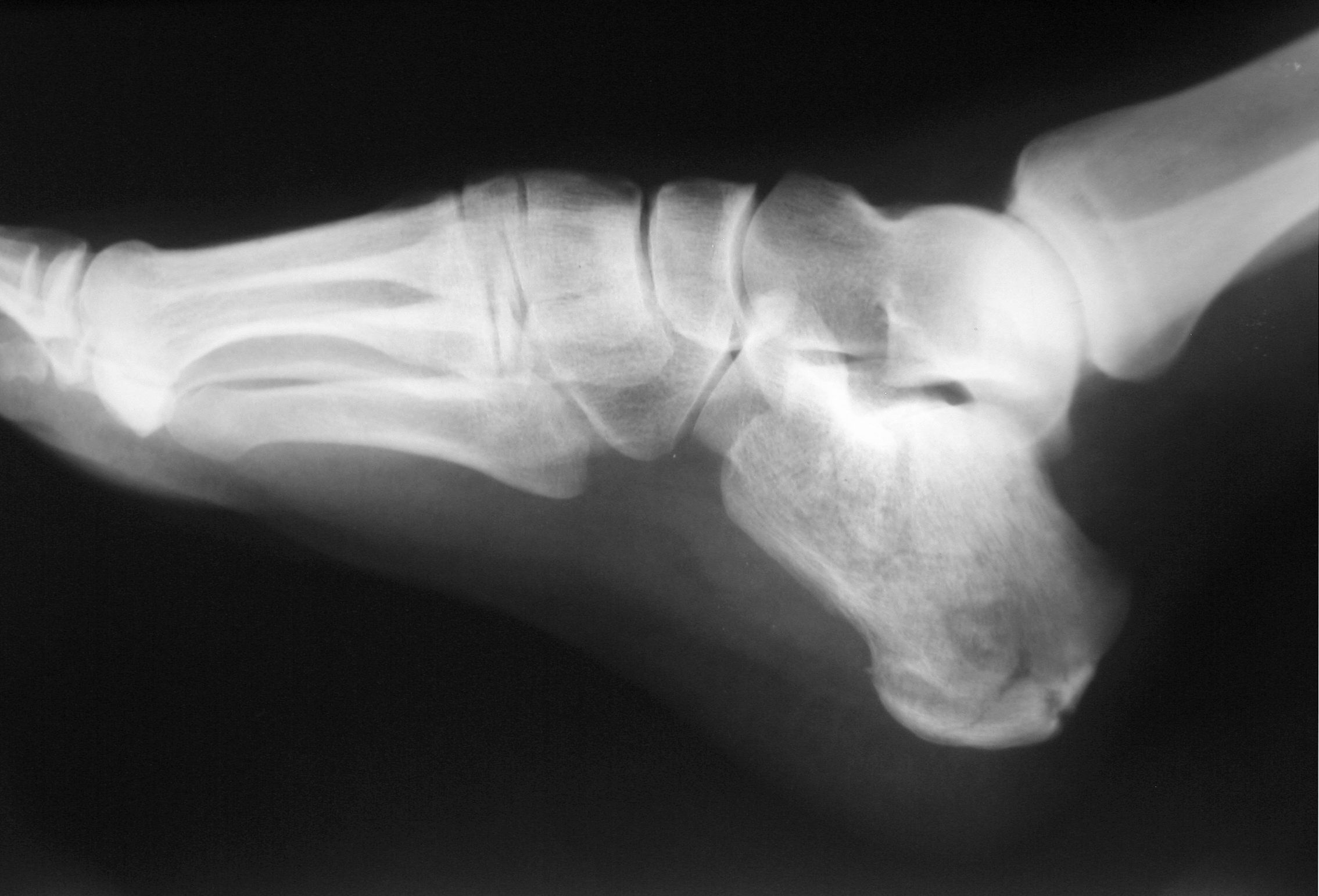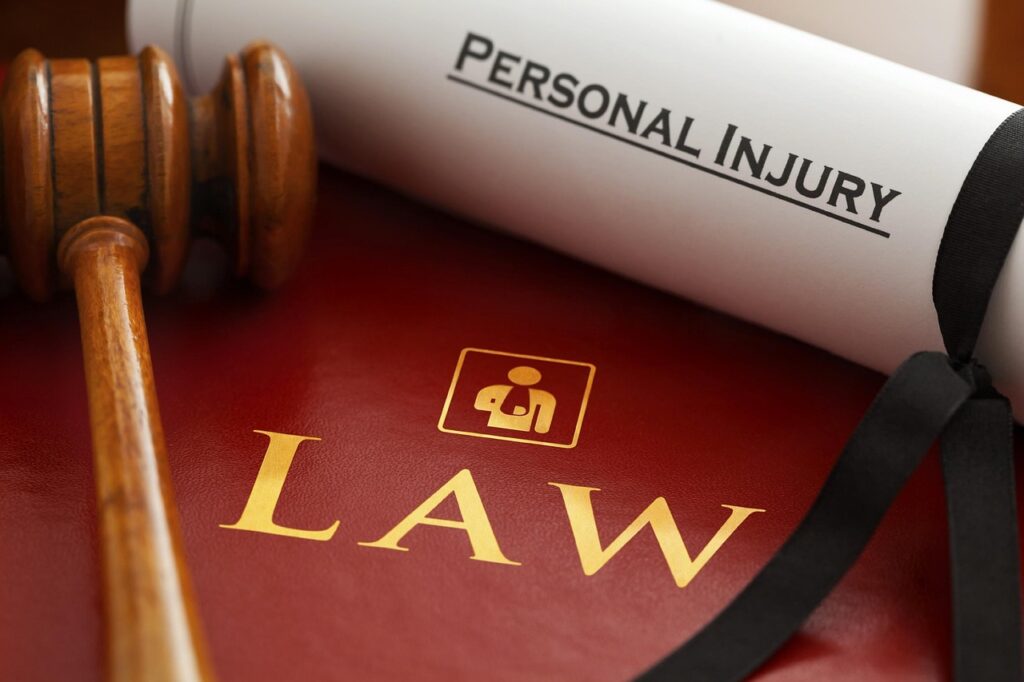Now Reading: The Impact of Calcaneus Injuries on Mobility and Daily Life
-
01
The Impact of Calcaneus Injuries on Mobility and Daily Life

The Impact of Calcaneus Injuries on Mobility and Daily Life
A vital component of the human body is the calcaneus bone, also referred to as the heel bone. It supports weight-bearing exercises like walking and running while giving the foot a sturdy framework.
As a result, calcaneus injuries can adversely affect a person’s mobility and daily life activities.
Calcaneus injuries range from mild to severe depending on the amount of damage sustained from trauma or force. Sprains and strains, which result in discomfort and swelling in the injured area, are examples of milder injuries.
Fractures, on the other hand, are more serious issues that may need surgery or other therapies to heal correctly. In either scenario, calcaneus injuries can seriously affect the ability to move normally and engage in activities of daily living like sleeping, running, and standing.
What You Need To Know About Calcaneus Injury
Calcaneal injuries can be very painful and uncomfortable in the short term. A calcaneus injury may make it difficult for a person to walk or stay still for extended periods of time. They can also have ongoing edema and inflammation in the affected area.
Chronic pain, reduced range of motion, and maybe even postural problems like plantar fasciitis (inflammation of connective tissue) or Achilles tendonitis (inflammation of the Achilles tendon) are long-term repercussions of calcaneus injuries.
If you think you might have suffered a calcaneus injury, it’s crucial to get competent medical help to address these symptoms. Your doctor might advise physical therapy, orthotics (insoles or arch supports), or possibly surgery, depending on the seriousness of the injury.
Contact your doctor if you have been in an accident and believe you may have suffered a calcaneus injury. You may also check with a well-versed lawyer about typical calcaneus injury settlements and how the process works.To guarantee the best outcome for your health and wellbeing, it is crucial to act as soon as you can.
For any calcaneus injury, seeking medical attention will help you get back to your usual, active way of life.
With proper treatment and time, most calcaneus injuries should heal completely with no long-term effects. So don’t let an injury stop you from doing what you love — seek medical attention right away for the best possible outcomes.
Causes, Symptoms, Treatment, And Risk
The most vulnerable individuals to calcaneus injuries are those who engage in high amounts of physical activity, such as athletes or soldiers. Additionally, people with weaker bones from aging or inactivity may be more vulnerable to calcaneus fractures and other injuries.
It is significant to remember that depending on the intensity of the damage experienced, calcaneus injury symptoms can change.
Common signs include;
- Pain in the heel area (especially when standing or walking)
- Swelling around the heel bone
- Bruising or discoloration on the skin, tenderness
- Stiffness in the affected area
Treatment plans for calcaneus injuries depend on their severity and type. Generally speaking, milder sprains and strains can usually be treated with rest, ice, compression, and elevation (R.I.C.E).
For more severe fractures, cast immobilization may be necessary to allow the bones to heal correctly in their original positions. In some circumstances, surgery may be necessary to increase mobility and restore the area’s structural integrity.
People who have a susceptibility to calcaneus injuries or who have had them in the past must be careful when engaging in physical activity. During physically demanding sports, wearing protective footwear can help lower the risk of this kind of injury.
Additionally, proper stretching before and after exercise can help keep muscles flexible enough to absorb shock better and prevent serious fractures from occurring.
Lastly, it is crucial to address any calcaneus injury indications or symptoms right away because delaying care can result in a longer healing period and more severe damage. Always seek medical advice and care from a qualified expert when in doubt.
Are Calcaneal Fractures Common?
Although calcaneal fractures are not common, they can have catastrophic consequences if not treated right away. These injuries are most frequently caused by falls from a height, incidents involving sports equipment, and auto accidents.
Although they are uncommon, calcaneal fractures can still have a significant influence on a person’s life by making it challenging to do daily duties or engage in physical activities. After any severe occurrence that could cause this kind of fracture, it is crucial to seek medical care right away.
People can fully recover and resume living their normal lives with the right diagnosis and care.
Should You Seek Legal Assistance for Calcaneal Fractures?
After suffering a calcaneal fracture, it may be essential to seek legal counsel. This is especially true if the harm was caused by someone else’s carelessness or neglect.
An expert attorney can help you understand your legal choices and decide if you have enough evidence to support a personal injury claim. By doing this, you can make sure that the person or entity at fault is accountable for covering your medical costs, lost wages, and other related losses.
It is preferable to speak with a lawyer as soon as you can in order to improve your chances of success and keep in mind that different states have different statutes of limitations.
Final Words
Although calcaneal fractures can be unpleasant and incapacitating, your active lifestyle should not come to an end as a result. You can lessen the possibility of suffering this kind of injury by using proper precautions when engaging in physical activities and by getting help straight away if symptoms appear.
Additionally, an experienced lawyer may help you receive appropriate compensation if your fracture was caused by another person’s negligence.
In the end, calcaneal fractures shouldn’t prevent you from leading a complete life. You may have a healthy, active life and rapidly get back on your feet with the correct therapies and precautions in place.










